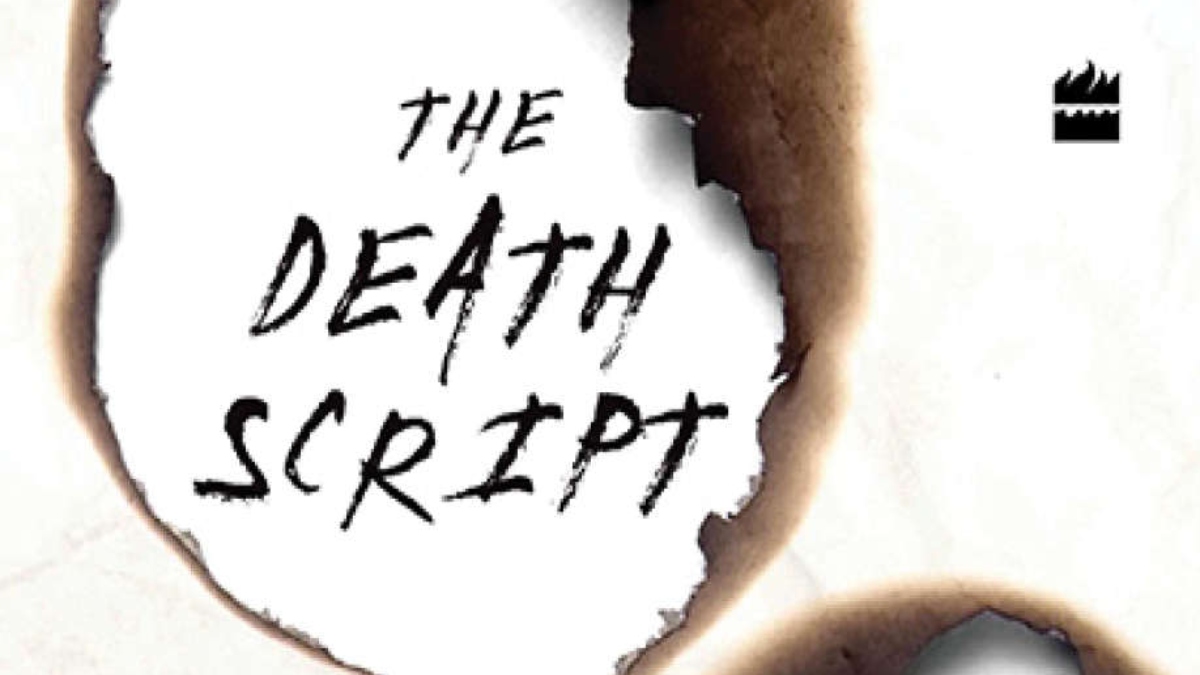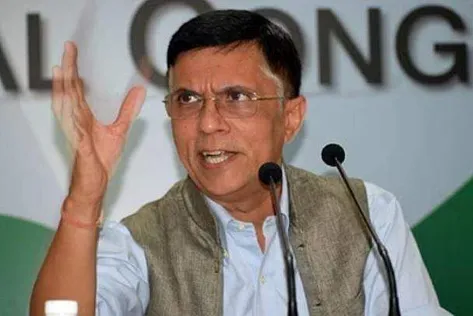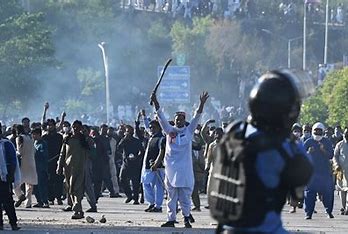
The book ‘Death Script’ by Ashutosh Bhardwaj is a creative biography of Dandakaranya that combines the rigor of journalism, the intimacy of a diary, the musings of a travelogue, and the craft of a novel. Through the prism of Maoist insurgency, the book also looks at larger questions of violence and betrayal, and love and obsession.

Bhardwaj is one of those rare journalists who are courageous enough to plunge down to ground-level reality and bring us an honest account of what is happening in that part of India which we have comfortably failed to notice.
The Maoist insurgency is now in its sixth decade and is one of the biggest challenges before Indian democracy. A vastly uninformed and misinformed discourse has ensured that it has not received the critical and public attention it deserves.
As per the title, this book also sounds philosophical at some points. ‘The Death Script’ is perhaps a book well beyond the conjectures that death is scripted with; incorporating the causes, prejudices, and repercussions that violence gets credited with. Every word in every sentence of this book speaks volumes about the hard work and perseverance put in by the author to ensure that nothing in this book is less than extraordinary.
This book gives a complete view of the Naxal insurgency in India. Though India is highly regarded as the world’s largest democracy, the presence of a prolonged Naxal-Maoist insurgency for more than five decades loudly tells us that there is something seriously wrong with our constitutional organisations.
Why does the Naxal-Maoist march toward the state and the government?
And what are the long-term consequences it would have on the red corridors?
If a common man can get justice through our law and order and justice systems, they will never knock on the doors of corrupted politicians and their well-breaded gangsters. Similarly, when a tribal’s basic life resources are gulped by greedy capitalists and supportive politicians in the name of development, then it is obvious that he will approach a Naxal Maoist rather than the police.
The author explained the perils of handling this insurgency in military retaliation through various real-life characters representing Adivasi, Police, CRPF, Maoist, Surrendered Naxal, Salwa Judum, etc. The sensitivity and thoughtfulness that the writer has displayed while describing every story is incredible.
In ‘The Death Script’, Bhardwaj writes of his time in that region and of the various men and women he meets from both sides of the conflict, bringing home with astonishing power the human cost of such a battle. “In Bastar, I witnessed death closely for the first time in my life. The experience was overpowering, unsettling, as well as humbling. I met many people in the jungle who challenged my beliefs and perceptions. Their dreams and sorrows introduced me to a world I had not known about,” he mentioned in his book. A very insightful description of a glimpse into our exploitative genes through the lens of journalism.
It’s important for readers to understand the blurring lines of the popular narrative of left, right, and centre in such affected areas. Dandakaranya is possibly the biggest graveyard in independent India. This book yearns to record their seemingly quotidian yet epic lives. The author has not censored any brutality and portrayed the correct picture in front of the readers. Moreover, the author has used his journalistic skills quite well in describing the events, which makes the book very interesting and indulging. The book is full of emotions, and as a reader, you can feel the pain and the terror the people go through every day of their lives.
Bhardwaj has been both empathetic in his approach and meticulous while documenting. It has the conflicts, stories, insights, and footnotes, and apart from all that, the best part of the book is that it nowhere leads the reader to any conclusion or there is any judgment or inclination in favour of anyone, but rather it is a work of hard evidence and personal experience.
Bhardwaj sees images and hears whispers he perhaps is not entitled to, and he is made to be part of concealments not so pleasant. He views whatever comes his way in a very objective manner, without censoring the brutality and dimensionality that it brings. The concrete evidence cited by him, along with his plethora of vivid perceptions of the news coverage, makes the book a hard and steady commemoration of empathy and universalism.
In this book, you will hear the voices of forests that grow gradually and creep into your mind, and then lead you into inter-disciplinary arguments—of incidents that will churn up fear, betrayal, and the inevitability of death.
Through the prism of the Maoist insurgency, Bhardwaj meditates on larger questions of violence and betrayal, sin and redemption, and what it means to live through and write about such experiences—making ‘The Death Script’ one of the most significant works of non-fiction to be published in recent times. Bhardwaj has done a great job of blending non-fiction with a fiction type of storytelling.
The book provides some very interesting facts and stories about the deep jungles of Dandakaranya and the Naxalites which we have never heard or read before and will help you rethink and reassess the entire situation with a new perception. It is also an excellent introduction to the Maoist viewpoint and operational strategies too. A well-written book on the causes of the Maoist movement in India.
The author keeps you hooked by writing from a journalist’s viewpoint as well as from the viewpoint of a person whose diaries and musings reflect on his troubled mind with all the deaths around him.
This book is an authentic and detailed introduction to the Maoist movement, brought to you through some brave investigative journalism.
Bhardwaj goes into the history of the movement, how it began, the factors which have led to its widespread and virulent distribution, the nature of the violence, their core beliefs, and their goals. The book also explores the ideology and development of the Naxalite movement in the Dandakaranya region and beyond.
The very existence of the Maoist movement is a present and clear signal that there is a void, created by a government that opted to withdraw and leave the people to their own devices. of a government that left class and caste oppression festering for so long that the tribals and villagers found it safer to opt for violent revolution over the democratic option.
The Naxalites are only filling the void created by the government. But one can believe that, in spite of this, the movement, at a fundamental level, is still misguided, at least in terms of ideology and methods, if not in sentiment.
To understand the Maoist viewpoint is important for the furtherance of dialogue. That is an important goal toward which this book is aimed. Understanding the lives of the people under the Maoists’ way is also important, to give moral force and direction to the dialogue, to ensure that it is no longer conducted through spitting gunfire.
At the same time, while one can believe that the Naxal leaders are misguided, the way they have achieved legitimacy is nothing short of miraculous. Running a quasi-government for so many years is no mean achievement.
Which again points us to the crying need for proper government in the area?
The author captivatingly winds his story around the exploitation, neglect, suffering, and heart-wrenching misery that the tribal and rural landless peasants face. The abysmal wages paid to the workers and the amount of exploitation inflicted even in today’s time make you question your own situation in society. This book beautifully deals with the Maoists, violence, sin, betrayal, and redemption.
The book charts the lives and fates of some of the biggest names and personalities of the movement, the difference in their approaches to the problems, their propensity towards violent means; and their eventual fate.
The cases of rampant human rights abuses, sexual exploitation, encounter killings, and executions of innocents and accused alike do not make things any easier. The author also tries to link castes together with the peasantry, which makes sense in a lot of scenarios.
Many lives are lost across various walks of society. Our democratic institutions need to be introspective in determining how effective they are in creating a “Ramarajya” where everyone is equal. This is a piece of prose that speaks of the “dreams and delusions in Naxal country”, and essentially highlights a facet of Maoist and Naxalite rebellions that only a few might be familiar with.
Through death and demise, and thorough reporting and citation, Bhardwaj has written a book that seems too colourful to be true, yet too monochrome to be celebrated.
Ashutosh Kumar Thakur is a Bangalore-based Management Professional, Literary Critic, and Codirector with Kalinga Literary Festival. He can be reached at ashutoshbthakur@gmail.com















